As an interior decorator, one of the most common questions you will be asked is how much you charge. This can be a difficult question to answer, as there are many factors to consider when determining your rates.
In this article, we’ll discuss some tips on how to charge as an interior decorator, as well as provide some guidance on what to consider when setting your rates!
Before we get started, did you know that we’ve written the ULTIMATE guide on how to become an interior decorator? Check it out here!
How Much Do Decorators Charge Per Hour?
As an interior decorator, you’ll likely be charging your clients by the hour. But how much should you charge per hour? This can be a tricky question to answer, as rates can vary widely depending on your experience, geographic location, and the type of project.
Experience and Expertise
A good rule of thumb is to start by considering your experience and expertise. If you’re just starting out in the field, you may want to consider charging slightly less than more experienced decorators. However, if you have years of experience or are considered an expert in your field, you may be able to charge more.
Furthermore, we strongly recommend completing an accredited interior decorating course, such as the one offered by QC Design School. By having a reputable certification on your resume, you can charge more than interior decorators who don’t have an official designation to their name.
Learn all about QC Design School’s self-paced, online Interior Decorating Course!
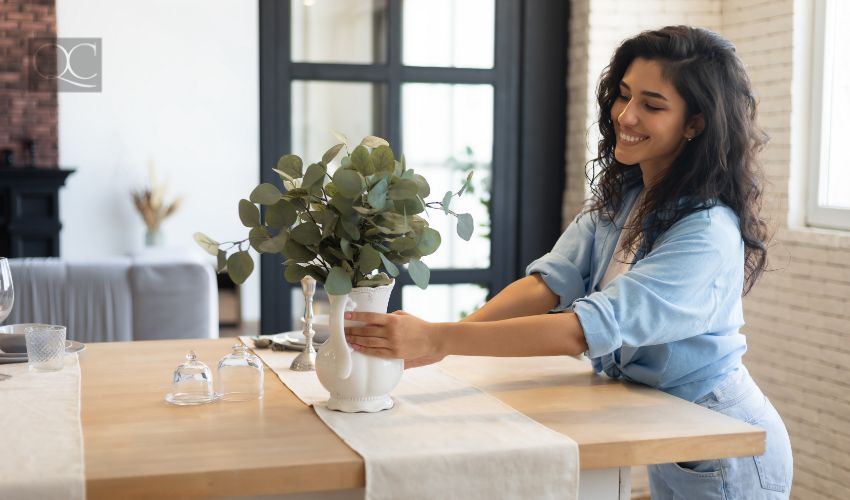
Geographic Location
Another factor to consider is your geographic location. Interior decorators in large cities or metropolitan areas will often charge more than those in smaller towns or rural areas. This is because the cost of living is typically higher in these areas, and therefore, decorators must charge more to make a livable wage.
Type of Interior Decorating Project
Finally, the type of project you’re working on will also affect your hourly rate. Simple projects such as redecorating one room may be charged at a lower rate than more complex projects like designing an entire home.
In general, most interior decorators charge between $50 and $200 per hour. However, there is no hard and fast rule. Ultimately, it’s up to you to decide how much you want to charge for your services!
How Much Do Interior Decorators Charge Per Square Foot?
In addition to charging by the hour, some interior decorators also charge by the square foot. This method is typically used for larger projects, such as redesigning an entire home or office space.
When charging by the square foot, most decorators will estimate the total cost of the project by multiplying the number of square feet by their hourly rate. For example, if a decorator charges $100 per hour and the project is 1000 square feet, they would estimate the cost of the project to be $100,000.
However, it’s important to note that this method is not always accurate. For instance, it doesn’t take into account other factors, such as the cost of materials. Similarly, time spent on design work outside of the actual installation might make for a difficult estimation.
As such, we recommend only using this method for larger projects where you can accurately estimate the total cost.
How Much Do Interior Decorators Charge for a Mood Board?
When working on a design project, interior decorators will often create a “mood board” to help their clients visualize the finished product. Mood boards typically consist of images, fabric swatches, paint samples, and other elements that represent the overall feel of the space.
Creating a mood board is a time-consuming process, as it requires research and careful selection of materials. As such, most decorators charge an hourly rate for this service. However, some may charge a flat fee based on the size or complexity of the project.
In general, most decorators charge between $50 and $200 per hour for mood board creation. But again, it’s up to you to decide what you want to charge!
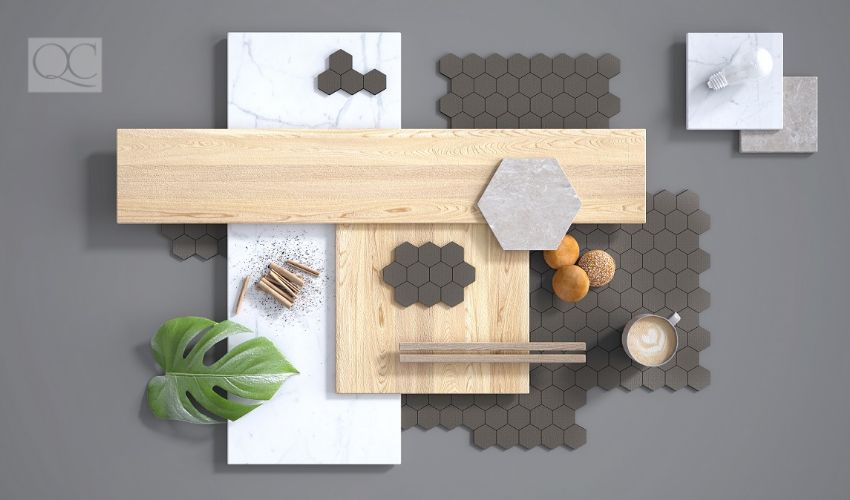
How Much Do Interior Decorators Mark Up Furniture?
Another common question we get is, “How much do interior decorators mark up furniture?”
In general, most decorators will markup furniture anywhere from 20% to 50%. However, this varies depending on the item and the store it’s being purchased from. For example, a piece of furniture from a high-end designer may be marked up less than one from a more affordable store.
Furthermore, some decorators may offer discounts on furniture if they purchase it in bulk or through their trade account. This is why it’s always best to ask your decorator for a breakdown of their pricing before making any decisions!
Interior Decorator Cost Per Room
Next, let’s talk about the typical cost per room in the world of interior decorating. This is a very common inquiry, but unfortunately, there is no easy answer. The truth is, the cost of decorating a room varies greatly depending on the size, complexity, and overall style of the space.
Similarly to charging by the hour or square footage, most decorators will estimate the total cost of a project by multiplying their hourly rate by the number of rooms being decorated. For example, if a decorator charges $100 per hour and is working on three rooms, they would estimate the cost of the project to be $300.
Just Keep in Mind…
This method is not always accurate. As we mentioned before, there are a number of factors that can affect the cost of a project. The size of the room, the complexity of the design, and the materials being used are just 3 examples.
As such, we recommend only using this method for smaller projects where you can accurately estimate the total cost.
Do Interior Decorators Charge for Travel Time?
It’s also worth touching on the topic of travel time. Many decorators choose to charge for travel time, as it can be a significant expense, depending on the location of the project.
If you do choose to charge for travel time, we recommend using a flat rate that is separate from your hourly rate. This will help avoid any confusion or frustration from your clients. For example, you could charge $50 per hour for design work and $25 per hour for travel time.

How To Charge Clients for Interior Decorating Services
Now that we’ve gone over some of the basics, let’s talk about how to actually charge clients for your interior decorating services.
As we mentioned before, there is no one-size-fits-all answer to this question. It really depends on your unique business model and what you’re comfortable with. With that in mind, let’s take a look at some of the most popular ways interior decorators tend to charge for their services…
How To Charge as an Interior Decorator – 5 Possible Pricing Structures
1. By The Hour
This is probably the most common pricing model in the interior decorating world. As we touched on earlier, many decorators choose to charge by the hour because it’s simple, straightforward, and easy to understand.
If you do choose to charge by the hour, we recommend setting a minimum fee that you’re comfortable with. This will help ensure that you’re not working for less than you’re worth. For example, you could charge a minimum of $50 per hour or $250 per project.
Another Way to Charge By The Hour
The key is to find a pricing model that works for you and your business. Experiment with different hourly rates and see what gives you the best results.
Another option is to charge a higher hourly rate for the first few hours of work, followed by a lower rate for every hour after that. This is a great way to incentivize your clients to book more hours. For example, you could charge $100 per hour for the first 4 hours and then $50 per hour for every hour after that.
2. A Flat Rate
This is another popular pricing model, especially for larger projects. Rather than charging by the hour, many decorators choose instead to charge a flat rate for the entire project.
The advantage of this pricing model is that it’s much easier to estimate the total cost of a project upfront. This makes it simpler for both you and your client to budget for the project.
Pro Tip!
When quoting a flat rate, we recommend breaking down the cost into smaller chunks. This way, your client can better understand where their money is going. For example, you could charge $500 for design work, $250 for materials, and $250 for labor.
This is just one example. However, there are endless possibilities when it comes to quoting a flat rate. The key is to be as transparent as possible with your clients so that they know exactly what they’re paying for.
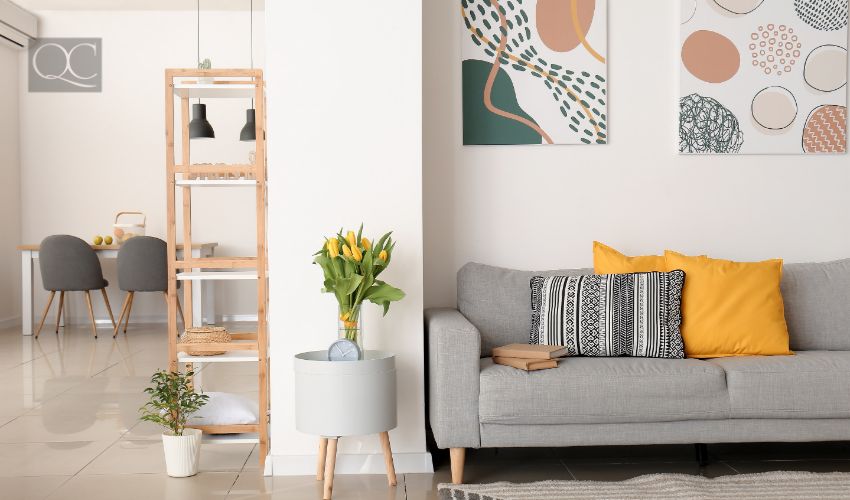
Flat Rate Vs. Hourly Rate: Which Is Better?
There’s no right or wrong answer to this question. It really depends on your unique business model and what you’re comfortable with.
Some decorators prefer the flat rate pricing model because it’s simpler and easier to understand. Others prefer the hourly rate because it allows them to better customize their quotes for each client.
At the end of the day, it’s up to you to decide which pricing model works best for your business. Experiment with both and see what gives you the best results.
As we mentioned before, there is no one-size-fits-all answer to this question. It really depends on your unique business model and what you’re comfortable with!
3. Flat Rate + Hourly Fee
If you’re still stuck between flat rate pricing vs. an hourly fee, you could always mix and match! For example, you could charge a flat rate for design work and then an hourly fee for labor.
This is a great way to get the best of both worlds. You can offer your clients a simple, straightforward quote while still being able to customize your rates for each project.
The key is to find a pricing model that works for you and your business. Experiment with different combinations of flat rates and hourly fees until you find something that feels right.
4. By Square Footage
This pricing model is most commonly used by commercial decorators. If you’re working on a large project, such as an office or retail space, charging by the square footage is a great way to ensure that you’re getting paid fairly.
For example, you could charge $0.50 per square foot for design work and $0.25 per square foot for labor. The key is to find a pricing model that works for you and your business. Experiment with different rates and see what gives you the best results.
5. Percentage Pricing
This is a common pricing model used by high-end decorators. Rather than charging an hourly rate or flat fee, many decorators choose instead to charge a percentage of the total project cost.
For example, you could charge 20% of the total project cost for design work and 15% of the total project cost for labor. This allows you to better customize your quotes for each client.
The key is to find a pricing model that works for you and your business. Experiment with different percentages and see what gives you the best results!
Pro Tip!
When quoting a percentage price, we recommend breaking down the cost into smaller chunks. This way, your client can better understand where their money is going. For example, you could charge 20% for design work, 15% for materials, and 15% for labor.
This is just one example. However, there are endless possibilities when it comes to quoting a percentage price. The key is to be as transparent as possible with your clients so that they know exactly what they’re paying for.
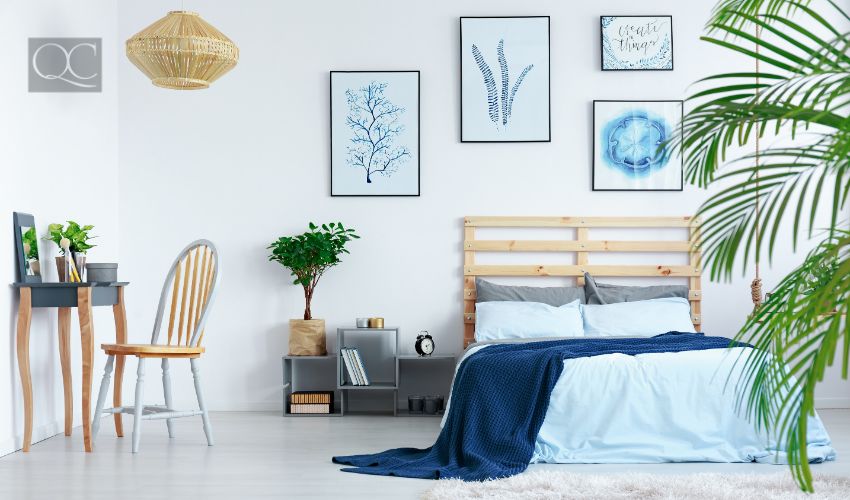
Keeping in Mind The Industry Standard
Now that you know how to charge for your services, it’s important to keep in mind the industry standard. This will help ensure that you’re charging a fair price for your services.
So, make sure to do some research and see what prices your local competition is charging. This will give you a good starting point for setting your own rates.
Remember: the most important thing is to be fair with your pricing. You don’t want to overcharge or undercharge for your services. Find a happy medium that works for you and your business!
A Little Tip for Success
When setting your rates, we recommend starting at the higher end of the spectrum. This will give you some wiggle room to negotiate with clients who are looking for a bargain.
It’s also important to keep in mind that your rates should increase as your experience level increases. If you’ve been in business for five years or more, you should be charging more than someone who’s just starting out. On the flip side of that, when you’re just beginning your career, don’t expect to make the same income as a decorator that’s been in business for many years.
Interior Decorator Fee Schedule Template
Now that we’ve gone over the various ways you can charge for your services, let’s take a look at a sample fee schedule. This will give you an idea of how to put together your own pricing structure.
- Initial Consultation Fee: $100
- Hourly Rate: $75
- Mood Board Creation Fee: $50 per hour
- Furniture Markup: 20% – 50%
- Cost Per Room: TBD (based on size and complexity)
- Travel Time Charge: $25 per hour
*Please note that this is only a sample fee schedule. Your prices may vary depending on your location, experience, and other factors.*
Now that you have a better understanding of how to charge for your services, you can start setting your own rates and fee schedule. Just remember to be clear and upfront with your clients about what they can expect to pay. With a little practice, you’ll be a pro at pricing your services in no time!

Conclusion
Pricing your services as an interior decorator can be a tough task. However, it’s important to find a pricing model that works for you and your business. Experiment with different rates and see what gives you the best results! And don’t forget to keep in mind the industry standard when setting your own rates.
Do you have any tips for success when it comes to pricing your services? Share them with us in the comments below!
Good luck!
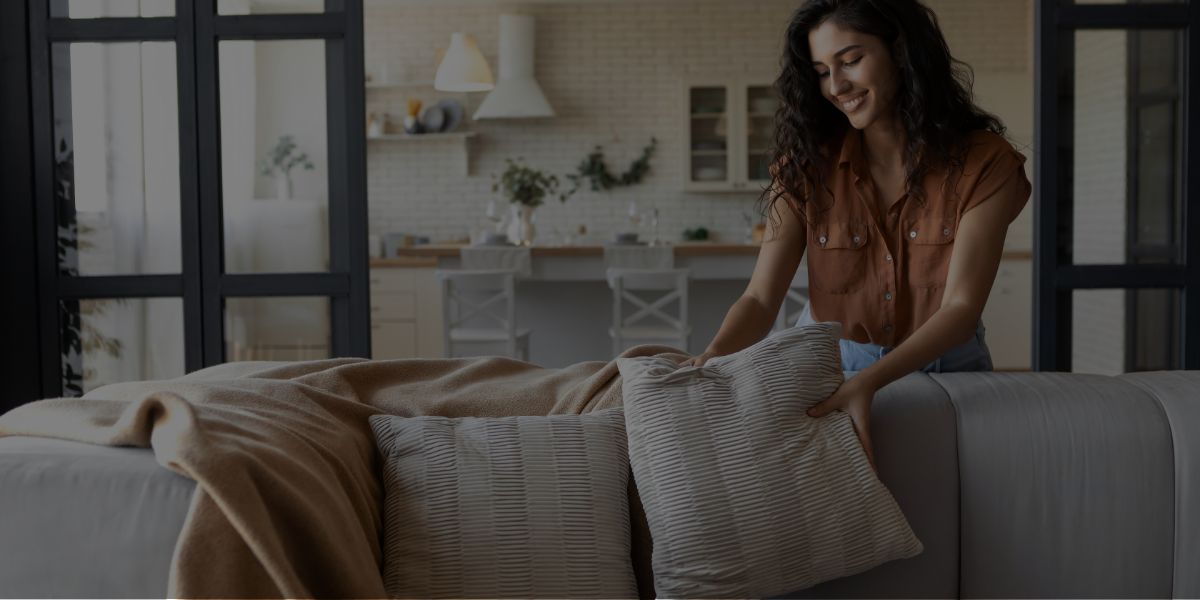
I am just starting an interior decorating business. I didn’t want to under bid myself nor did I want to over bid either.
Hi Keeley,
Thanks so much for taking the time to read our article and leaving a comment – we really appreciate it! 🙂
Yes, it’s SUPER important to find that sweet spot (in terms of what to charge) so that you don’t undersell yourself or charge too much. Did this article help you at all, in terms of getting clarification on the kind of rates you should be charging for your business? x
All the best,
The QC Team